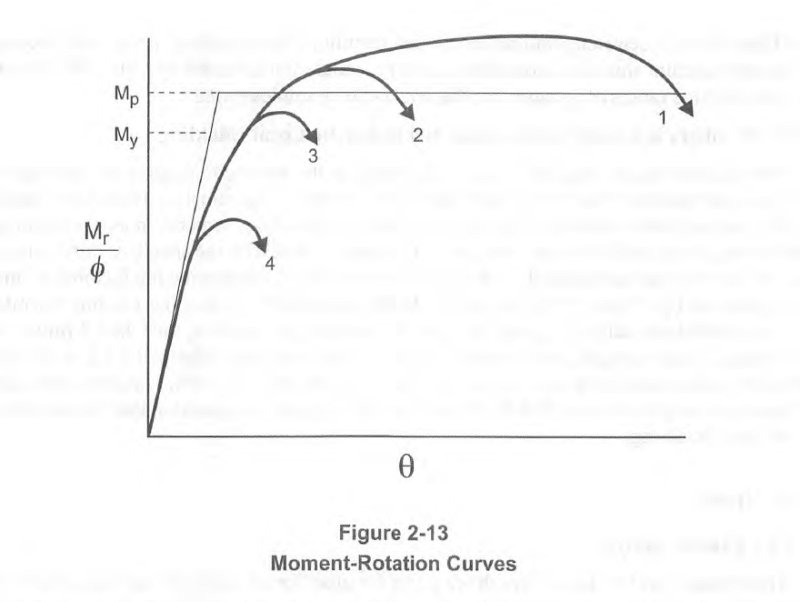Logan82
Structural
- May 5, 2021
- 212
Hi!
If you have a class 1 beam section for a laterally supported steel member, which allows the use of plastic moment resistance (Mr = φ * Z * Fy), is it still possible to use elastic moment resistance (Mr = φ * S * Fy) to design in the elastic realm?
Also, why are there Mp as well as My for beam moment resistance? Is there the equivalent concept of Mp and My for other types of resistance (shear, axial)?

If you have a class 1 beam section for a laterally supported steel member, which allows the use of plastic moment resistance (Mr = φ * Z * Fy), is it still possible to use elastic moment resistance (Mr = φ * S * Fy) to design in the elastic realm?
Also, why are there Mp as well as My for beam moment resistance? Is there the equivalent concept of Mp and My for other types of resistance (shear, axial)?


